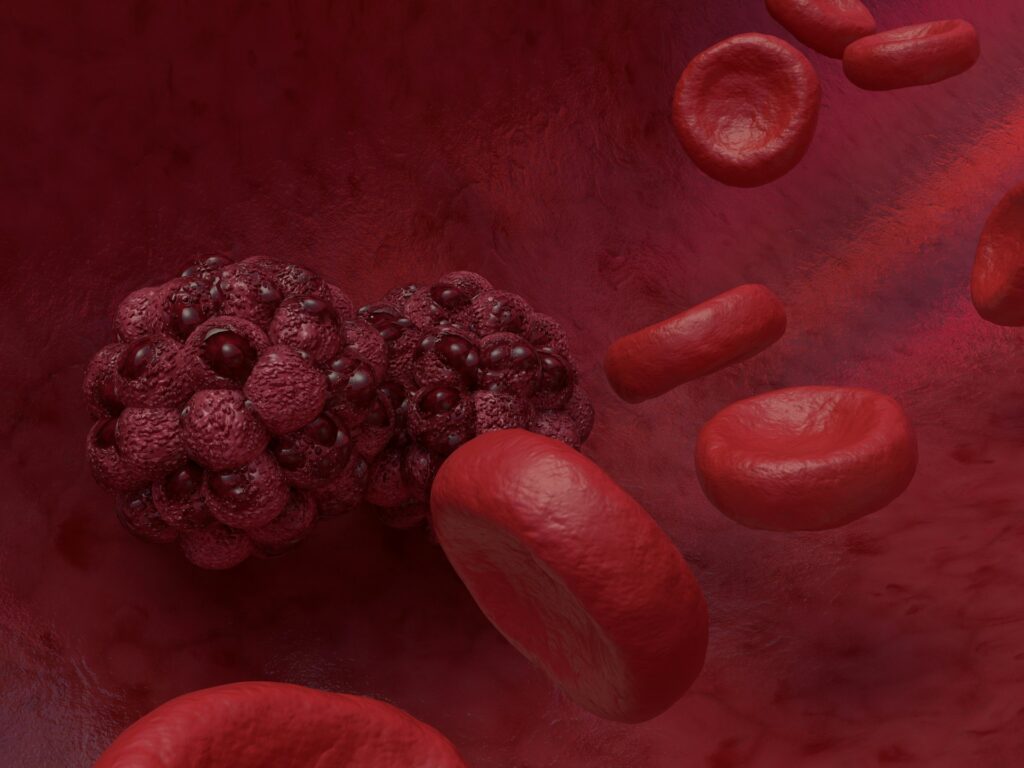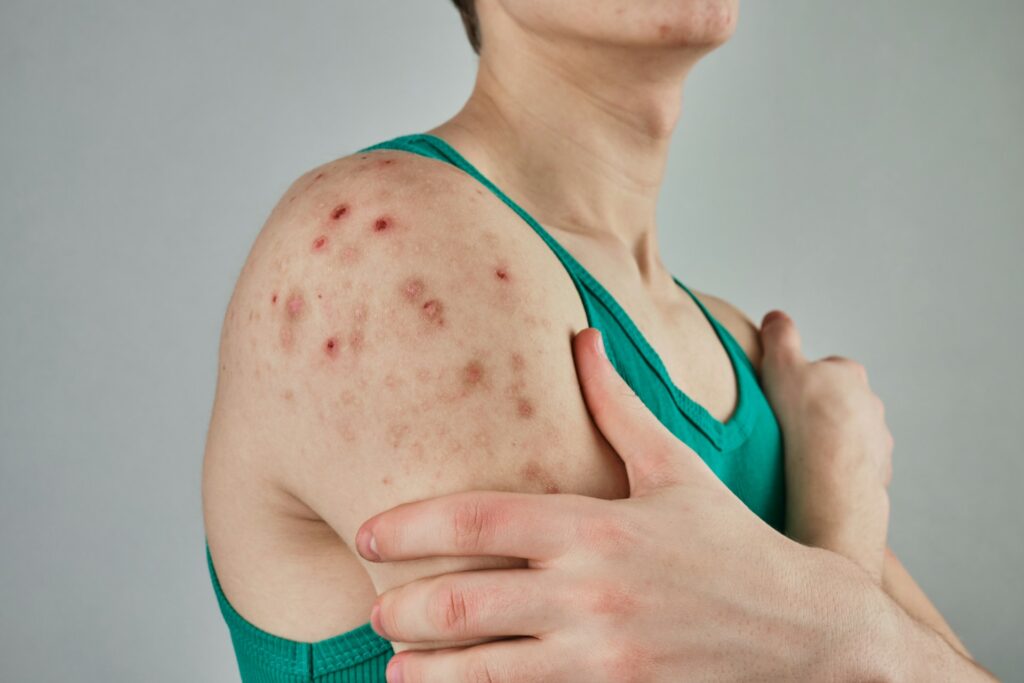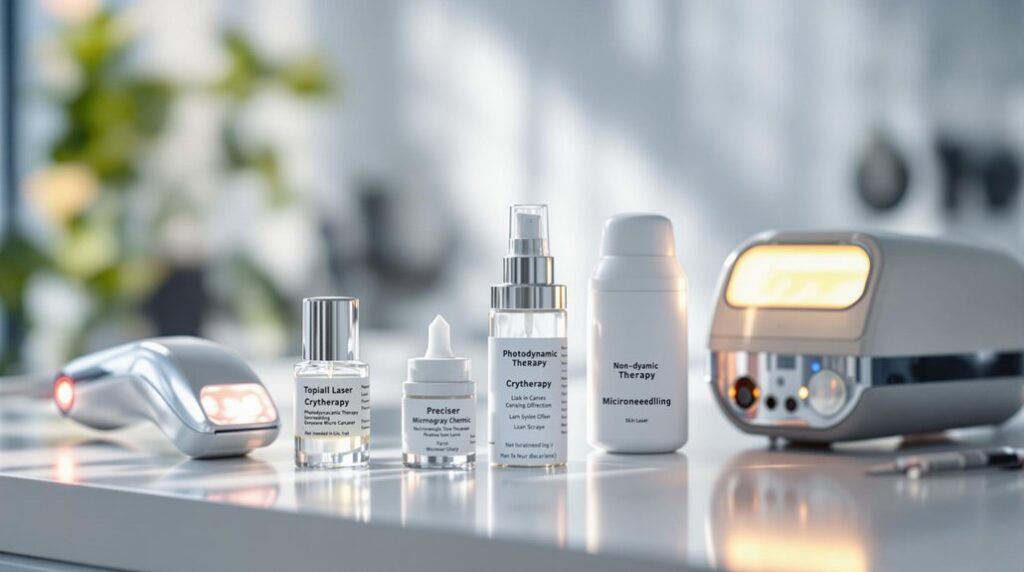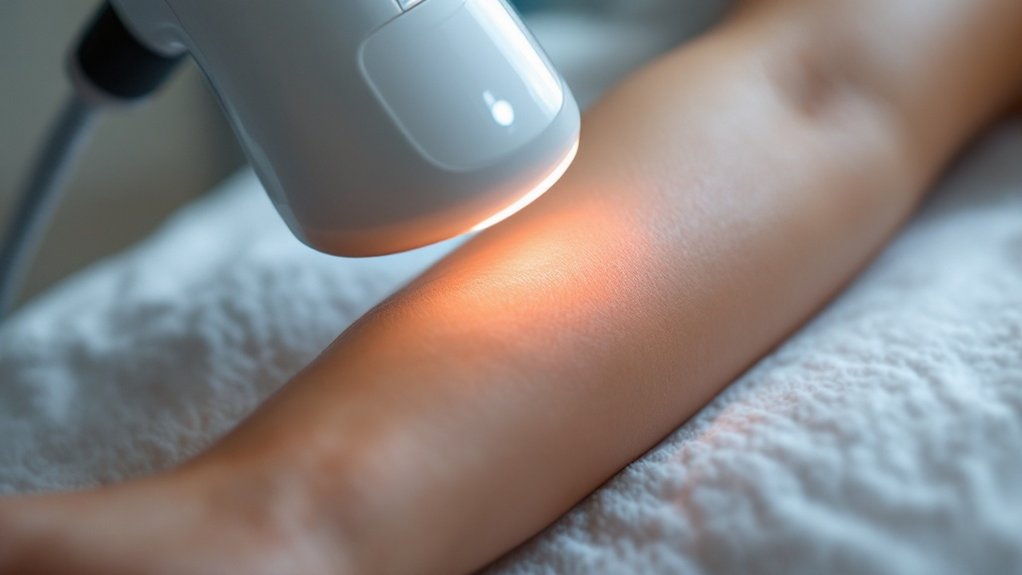
Skin cancer treatment has evolved rapidly in recent years, especially for patients in Deer Valley seeking options that are both effective and minimally invasive. Among the latest advancements is the use of combination therapy for skin cancer, a strategy that pairs radiation treatment with topical or systemic medications to improve outcomes. This approach is gaining… read more

Skin cancer remains one of the most common types of cancer in the United States, with aggressive forms posing serious health challenges. For decades, surgical removal has been the standard treatment for many skin cancers, especially when tumors are invasive or rapidly growing. However, not all patients are suitable candidates for surgery, and new developments… read more

If you live in the Deer Valley area of Phoenix and have noticed skin rashes that just won’t go away—or one that suddenly appeared with no clear cause—you might be wondering whether it’s time to visit a dermatologist. The truth is, while many rashes are minor and clear up on their own, others are signs… read more

Non-surgical skin cancer treatments offer excellent alternatives for patients seeking effective care without invasive procedures. We’ve identified five leading options: photodynamic therapy (using light activation), cryotherapy (freezing cancerous cells), topical medications (like imiquimod), radiation therapy (particularly SRT and IGSRT), and immunotherapy (including PD-1 inhibitors). These approaches deliver impressive success rates—from 80-99% for various treatment modalities—while… read more

When treating skin cancer, we must weigh surgery vs. non-surgical alternatives. Mohs surgery offers up to 99% cure rates with excellent tissue preservation, while non-surgical treatments like photodynamic therapy show higher recurrence rates (reaching 31% at 24 months). Recovery from surgical procedures typically spans 2-4 weeks with mild pain. Treatment selection depends on tumor location,… read more

While non-surgical skin cancer treatments have lower initial costs (averaging $401 for basal cell carcinomas versus $4,379 for complex surgeries), they often become more expensive long-term. Higher recurrence rates can lead to additional expenses reaching $31,870 within a year. Insurance typically provides better coverage for surgical options, with non-surgical treatments facing stricter authorization requirements. Geographic… read more

Both brachytherapy vs. superficial radiation therapy (SRT) offer excellent non-surgical options for non-melanoma skin cancer, with cure rates exceeding 90%. Brachytherapy excels for facial tumors with superior cosmetic outcomes, while SRT works well for superficial lesions. Your choice depends on tumor location, size, depth, and insurance coverage. Treatments typically take 5-10 minutes over 1-2 weeks… read more

Superficial Radiation Therapy (SRT) offers a non-invasive alternative to surgery for non-melanoma skin cancers. We deliver low-energy X-rays (50-150 kVp) that target cancerous cells in upper skin layers with minimal damage to healthy tissue. SRT achieves cure rates exceeding 95% without incisions, anesthesia, or visible scarring. It’s ideal for facial cancers, elderly patients, and those… read more

Brachytherapy delivers targeted radiation directly to skin cancer cells while sparing healthy tissue. It works by creating DNA damage in cancer cells through precise energy delivery, with success rates exceeding 95% for basal and squamous cell carcinomas. It’s ideal for patients with small, localized tumors (≤2 cm, <5mm thickness), especially in cosmetically sensitive areas or… read more

Regular skin cancer screenings are especially critical in Northern California, where intense UV exposure, higher elevations, and demographic factors create elevated risk profiles. With over 9,500 daily skin cancer diagnoses nationwide, early detection through annual examinations can boost survival rates to 99% for melanoma. We’ve identified significant geographic clusters in counties like Sonoma, Napa, and… read more

Despite Northern California’s foggy climate, we often experience paradoxical skin dryness due to complex interactions between atmospheric humidity and transepidermal water loss. We recommend applying hyaluronic acid serums followed by ceramide-rich moisturizers to establish effective barrier function. Gentle exfoliation enhances product absorption, while broad-spectrum SPF remains essential regardless of fog density. Indoor heating creates microenvironments… read more

Northern California’s coastal climate creates unique skin challenges. Our fog-layer traps pollutants and salt particles causing inflammation while creating an oil-dehydration paradox. We experience hidden UV damage from diffuse light, compromised moisture retention despite humidity, and disrupted barrier function from frequent temperature fluctuations. Seasonal changes require adaptive skincare strategies, while environmental stressors like wildfire smoke… read more